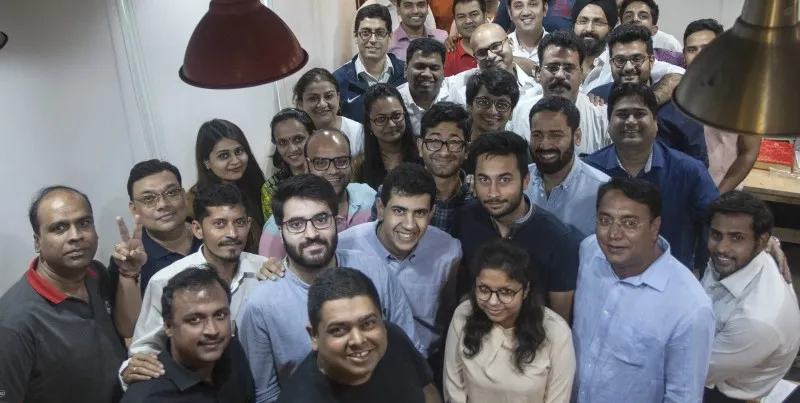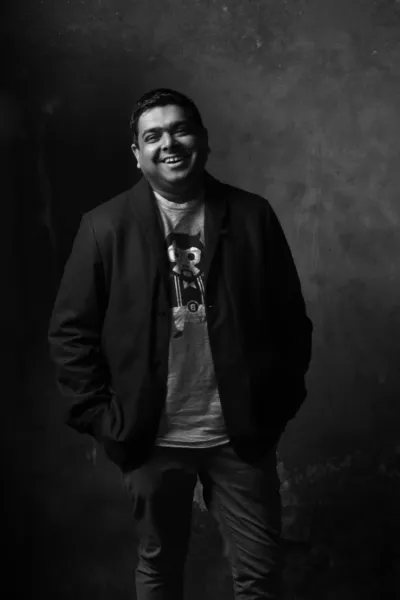Locally-made Bira is proving +91 can have millennials and connoisseurs hooked
Bira 91 has seen it all - from the highs of capturing a market with its craft beers, to the lows of hitting a supply crunch to again gaining favour.
Be it lunch, or an outing with friends, a beer was the standard accompaniment for conversations. Earlier it was Kingfisher or Millers, and then, as Indians developed a taste for finer things, brands like Heineken, Budweiser and Corona found favour. Then came craft beer.
Interestingly, one would expect international brands to fill in that gap but that is where the locally brewed Bira 91 shot to prominence. The locally crafted beer has garnered substantial fan following in a relatively short time, as a friend put it, “Bira had me rediscovering my love for beer!”
The quintessential monkey logo may be fun and quirky, but speaks of a tough battle fought and a market conquered. Over the last year, the company overcame its biggest roadblock – that of stocks just not being available.
Today, the supply crunch is a thing of the past and the company claims to have sold 3 million cases over 2016-17, and is projecting a revenue of Rs 180 crore.
“I really wish it was a marketing gimmick,” laughs Ankur Jain, Founder and CEO, Bira 91, when asked if the ‘supply issues’ in 2016 were a marketing stunt, as insinuated by competitors.
In a country where alcohol cannot be advertised or openly marketed, Ankur, knew that the urban millennial needed beer that was different, and those available in the market weren't enough.

For the love of beer
A graduate of Illinois Institute of Technology, Chicago, Ankur started a healthcare company in 2002, and after running it for five years, came to India. Here, he joined Reliance Fresh as a Retail Director.
A love for beer had him starting Cerana Beverages in 2009, which imported beers from around the world. Some of the beers he imported included Erdinger, Schneider weisse, Chimay, Duvel from Belgium, and Brooklyn Lager from New York.
“I would get all of these beers to India because I wanted to figure out what kind of beer actually works with the Indian consumer,” says Ankur. He started with importing 25-30 brands, which he would distribute in hotels and restaurants.
“We figured that there were certain kinds of beers that really worked with Indian consumers. So, I felt that there was a need to create high quality and great tasting beer, which resonated with the youth,” says Ankur.
The beer market in India is predominately governed by the likes of Kingfisher, Budweiser, Kalyani and several local brands. A report in the Mint newspaper states 85 percent of the beer market is dominated by the strong beers market.
Lager love
“Around 2015, everybody who was in the 20 to 30 age group, had seen their dads drinking Kingfisher. For everybody else, there were beers like Budweiser, Carlsberg, and Heineken, which were trying to communicate with Indian consumers.”
Ankur says that while these beers were well known overseas, there was no sense of belonging in their communication for the Indian market. He saw a gap in the market for something that was homegrown, and spoke well to the young consumer, and that was born in the current era.
“That’s what makes Bira 91 so different and original.”
Bira is focused on mild beers as its team figured urban consumers prefer lighter beers. The company started with two types of beer – an European style pilsner, which is similar to a lager, and a on that is based on Belgium beers, which has citrus and coriander notes. It now has five variants of Bira in the market.
“Our aim is to create Bira 91 as the first Indian global brand by making flavourful beers for the new world,” says Ankur.
Crafting a local global drink
Craft beer as a space is relatively new in India, and an All India Breweries Association report suggests the market is growing at 20 percent. While there are several microbreweries, packaged craft beer is not a large segment yet.

Taking from a Euromonitor report in 2017 that said the growing young population looks at different kinds of alcoholic beverages that are not hard liquor, Ankur sought to make Bira a match for a younger audience, hence the name.
“We wanted a name that was fun, short, quite tongue-and-cheek, easy to remember but at the same time also sounded very Indian. For the urban consumer, Bira could be any name, could be a European word or an Indian word,” says Ankur.
He adds when you think about the consumer who is in a small town, most would think of Bira as something very Indian sounding. For the team that was the biggest bet that customers would be willing to pay premium for something that was Indian sounding, and of Indian origin.
“Other than that, it’s inspired by the Punjabi word for elder brother Beere, Veere and also in East India, you use the word Bir for the brave one. 91 is the country code for India. So, people think they know about it, they relate to it, but at the same time they can’t figure out what it exactly means,” says Ankur.
A report in the Forbes states that with the minimum drinking age from 18 to 25 years across different states, by 2013, India had close to 485 million people of legal drinking age. Over 150 million more will be added by the end of this year.
Sold-out isn't necessarily a good thing
It was no surprise in 2015, when Bira started out in India, that it became a rage. By 2016, the company was selling close to 50,000 cases a month, and then, all of a sudden, the beer wasn't available in the market.
“We hadn't anticipated this kind of demand, and there was a supply crunch, and the new bottling units in Haryana took time to start,” explains Ankur. Bira, by then, had roped in Sequoia as an investor. A Mint report says Bira’ pint at Rs 100 was at a 10 percent loss.
“Customer feedback on the product was outstanding, and helped build early conviction in the company and brand. The distribution strategy was thoughtful. Along with Ankur’s passion and a large market opportunity, this made Bira a compelling proposition for investment,” says Abhay Pandey, Managing Director, Sequoia Capital India Advisors.
He adds that the reason Bira was able to build a strong brand in a short time was due to Ankur’s clarity, understanding of the market gap and the team’s ability to craft the right proposition to capture the market.
“It is unusual to find the kind of customer love Bira has seen in its early days. This customer pull in the large emerging category of craft beer gave Sequoia the conviction of this being a potentially large and valuable company,” says Abhay.
Move over supply crunch
Initially, Bira imported the from Belgium and bottle it in India. This was the primary reason for the simply crunch. “We needed to start brewing in India, as the idea was to build a global brand out of India,” says Ankur.
“We had to build something quickly. We had already started brewing the beer, and we soon set up a brewery in Indore and later in Nagpur,” says Ankur. Currently, the company has a capacity to produce 4.2 million cases of beer in a year. The company is also setting up a brewery in Rajasthan.
Abhay explains India isn't an easy market to tackle. Apart from not being able to advertise alcohol, he says it is tough for niche products to make inroads in India. The country’s liquor tax is flat, while most markets tax liquor based on the percentage of alcohol content.
“That drives price-sensitive consumers in our emerging economy towards hard liquor, which delivers more bang for their buck. As a result, while most consumer categories in India have seen upstart challengers emerge, the beer segment had seen nothing until Bira came along. It was a large category, with a market worth $7 billion that was ripe for product and marketing innovation. And that’s exactly what Bira did.”
Bira plans to expand operations to 20 cities in India, and enter new markets such as Singapore, Thailand, UK, Hong Kong, Dubai, and the US. The company also plans to start its third brewery in Rajasthan by the end of this year to take its annual capacity up to 12 million cases.
With supplies back in the market, and customer loyalty strong, Ankur says he does look forward to a lot of cheer(s) going forward.







